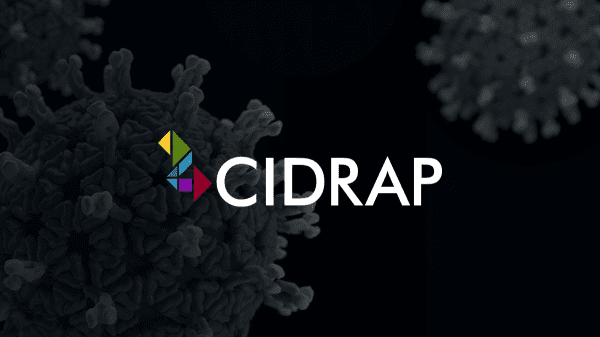The ongoing outbreaks of H5N1 avian influenza in both commercial and backyard poultry across the United States are raising significant concerns among agricultural and health officials. The U.S. Department of Agriculture (USDA) Animal and Plant Health Inspection Service (APHIS) has recently reported additional detections of this highly pathogenic virus, which have extended to domestic cats and dairy cattle, alongside wild bird populations.
Impact on Poultry Farms
In the past two days alone, APHIS has confirmed the presence of the virus in poultry flocks across seven states, including both commercial and backyard farms. Ohio continues to be one of the hardest-hit states, where outbreaks have been confirmed in four layer farms and three turkey farms. In neighboring Pennsylvania, five additional commercial farms have also reported infections.
Missouri has not escaped the virus’s reach, with two additional farms affected; one is a turkey farm located in Lawrence County and the other a broiler farm in Newton County. Moreover, APHIS officials have reported findings at two more live bird markets in New York’s Queens and Bronx counties. In response to earlier detections in live markets across Queens, the Bronx, and Brooklyn, New York Governor Kathy Hochul announced last week a temporary closure of these markets in New York City, as well as in Westchester, Suffolk, and Nassau counties.
Backyard flocks have also succumbed to the virus, with new outbreaks reported in Louisiana’s Calcasieu County, Washington’s Mason County, and Connecticut’s New London County. Since the emergence of H5N1 in U.S. poultry in early 2022, the outbreaks have resulted in the loss of an unprecedented 157.7 million birds across all 50 states and Puerto Rico.
Given the ongoing detections in both domestic and wild birds, the Michigan Department of Agriculture and Rural Development has issued a reminder to poultry owners to take proactive measures to protect their birds. With the arrival of spring migration for wild birds, officials stress that while predictions for the upcoming months are difficult, it is certain that HPAI (highly pathogenic avian influenza) will continue to affect animal agriculture in Michigan. Therefore, preventive measures to shield domestic birds from the disease remain critically important.
Rising Detections in Cattle and Wild Birds
In related developments, APHIS has confirmed five additional detections of the virus in dairy cattle, all of which are located in California. This recent increase has brought the national total of infected cattle to 962, with California accounting for 744 of those cases. The impact of H5N1 is not limited to poultry; the virus continues to take a heavy toll on wild bird populations as well. APHIS recently added over 50 confirmations of H5N1 in various wild birds found deceased across several states, including gulls, geese, ducks, and birds of prey. The list of infected wild birds also includes those harvested by hunters and live-sampled waterfowl from states such as Louisiana, Indiana, Arizona, Nebraska, Oregon, and Michigan.
Infections in Domestic Cats
Further concerning developments include the confirmation of three additional H5N1 detections in domestic cats. One of the infected cats was a stray found in San Mateo County, California, which was reported by county officials on February 6. The cat had developed symptoms and was taken in for medical care by a family in Half Moon Bay, but unfortunately, it was euthanized due to its condition. The origins of this cat’s infection remain unclear.
In addition to the stray cat, other confirmed cases include a cat from Flathead County, Montana, which was sampled on December 5, 2024, and another cat from Multnomah County, Oregon, which was sampled on February 3. These detections in domestic cats highlight the broader implications of H5N1 beyond poultry and underscore the need for vigilant monitoring and response strategies across various animal populations.
As the H5N1 avian flu situation continues to evolve, it is crucial for all stakeholders in animal agriculture and public health to remain informed and proactive. The continued spread of this virus presents significant challenges, and collaborative efforts are essential to mitigate its impact on both livestock and wildlife.
Source: University of Minnesota – CIDRAP




